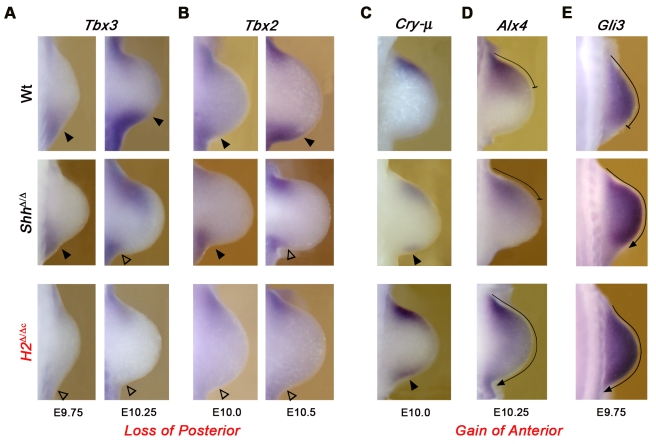Figure 3. Establishment of posterior forelimb bud identity requires Hand2.
(A,B) The loss of the posterior Tbx3 and Tbx2 expression domains in early Hand2 deficient (H2 Δ/Δc) limb buds (from E9.75: 27 somites to E10.5: 35 somites) points to a failure in establishing posterior identity upstream of Shh activation. Open arrowheads: loss of expression in Hand2 deficient forelimb buds; solid arrowheads: normal expression in wild-type and Shh deficient limb buds. By E10.25–10.5 the posterior expression of Tbx2 and Tbx3 is also down-regulated in Shh Δ/Δ limb buds. (C–E) Posterior expansion of anterior markers in H2 Δ/Δc limb buds. (C) Crystallin-μ (Cry-μ) is expressed ectopically in the posterior mesenchyme of H2 Δ/Δc limb buds at E10.0 (30 somites; indicated by solid arrowheads). The ectopic posterior Cry-μ expression is detected earlier than in Hand2 than Shh deficient limb buds (not shown). The Alx4 (D) and Gli3 (E) expression domains are posteriorly expanded (indicated by arrows) in Hand2 deficient limb buds at E9.75 (27 somites) and E10.25 (32 somites), respectively. Note that the posterior expansion of the Gli3 expression domain is less pronounced in Shh Δ/Δc than in H2 Δ/Δc limb buds. In all panels, limb buds are oriented with the anterior to the top and the posterior to the bottom.

